Describe the Characteristics of Prokaryotic Cells
It is attached to the cell membrane and called nucleoid. Characteristics of Prokaryotic Cell.

What Are Unique Characteristics Of Prokaryotic Cells Brainly In
Anywhere from 200 to 10000 prokaryotic cells could fit on the head of a pin.

. Like plant cells they also have cell walls. The cell wall of a prokaryote acts as an extra layer of protection helps maintain cell shape and prevents dehydration. 1 m i c r o n or micrometer μ m is one-thousandth of a millimeter or one-millionth of a meter.
Like eukaryotic cells prokaryotic cells are surrounded by a plasma membrane and have DNA cytoplasm and ribosomes. Prokaryotes divide via using binary fission while eukaryotic cells divide via mitosis. Outside of the nucleoid prokaryotic cells may contain extrachromosomal DNA in plasmids.
The cell wall of a prokaryote acts as an extra layer of protection helps maintain cell shape and prevents dehydration. A typical prokaryotic cell consists of a nucleoid cytoplasm cell wall plasma membrane and flagella. ----prokaryotic cells DNA is in a nuclear region not surrounded by a membrane.
Characteristics of the Prokaryotic Cells. Though they are unicellular in nature prokaryotic cell colonies can exist in a variety of arrangements such as in pairs tetrads chains and clusters. 5 rows Prokaryotic cells lack a nucleus surrounded by a complex nuclear membrane and generally have a.
The size of the prokaryotic cells lies between 01 50 μm in diameter which is comparatively smaller than the eukaryotic cells. Prokaryotes may have flagella also present in. Eukaryotes include larger more complex organisms such as plants and animals.
Prokaryote means before the nucleus Has a nucleiod region b. The cell wall. Some of the most important characteristics of prokaryotic cells are as follows.
Characteristics of Prokaryotic and Eukaryotic Cells. Unlike eukaryotic cells they may have a cell capsule and they have a single large chromosome that is not surrounded by a nuclear membrane. 4 rows A typical prokaryotic cell contains a cell membrane chromosomal DNA that is concentrated in a.
A cell that has a distinct cell nucleus and other membrane bou. Both these types require water and carbon. All cells prokaryotic and eukaryotic have a plasma membrane also called cytoplasmic membrane or cell membrane that exhibits selective permeability allowing some molecules to enter or leave the cell while restricting the passage of others.
The bacterial flagella are single-stranded as compared to 11-stranded flagella of eukaryotes. Characteristics of Prokaryotic Cell They lack a nuclear membrane. --Prokaryotic have Peptidoglycan and Pseudomurein---Prokayotic has binary fission while eukaryotic have Mitosis.
Apart from these there can be other modifications in. Prokaryotes lack an organized nucleus and other membrane-bound organelles. The prokaryotic cells lack mitochondria endoplasmic reticulum golgi apparatus lysosomes ad centrioles.
The Major Components of Life Prokaryotic and eukaryotic are the two major categories of cells making up life on earth. Most prokaryotes are unicellular and are either archaea or bacteria. They occur in bacteria and blue green algae.
Describe prokaryotic cells. Describe the characteristics of water and carbon that makes them important to living things in general and to specific forms of life including plants animals and prokaryotes. Include general characteristics and indicate the one feature that eukaryotic cells have that prokaryotic cells do not.
Flagella are present in some bacteria only. Membrane bound cell organelles such as Mitochondria Golgi apparatus Chloroplasts are absent. Prokaryotes are small single cell organisms usually less than a micrometer abbreviated µm.
Prokaryotic cell size ranges from 01 to 50 μm in diameter. Prokaryotic are cells that lack a nucleus nuclear membrane. 7 rows Prokaryotic cells of the same species typically share a similar cell morphology and cellular.
The genetic material is present on a single chromosome. Prokarotic cells are single cells but are subdivided into Bacteria and Arachaea as mention in the previous slide. Prokaryotes lack an organized nucleus and other membrane-bound organelles.
The cell is surrounded by a plasma membrane. 1000 µm1 millimeter abbreviated mm are. The histone proteins the important constituents of eukaryotic chromosomes are lacking in them.
Prokaryotic cells are extremely small much smaller than eukaryotic cells. The prokaryotic Gr pro-primitive karyon-nucleus cells are the most primitive cells from morphological point of view. Prokaryotic cells of the same species typically share a similar cell morphology and cellular arrangement.
Prokaryotic DNA is found in a central part of the cell called the nucleoid. A typical prokaryotic cell is of a size ranging from 01 m i c r o n s mycoplasma bacteria to 50 m i c r o n s. Their genetic material is not surrounded by a nuclear membrane and that type of nucleus is called the nucleoid.
Prokaryotic cells have no organized nucleus ie. Most but not all prokaryotic cells have a cell wall but the makeup of this cell wall varies. Most prokaryotic cells have a cell wall that helps the organism maintain cellular morphology and protects it against changes in osmotic pressure.
The prokaryotic cells are basically found in different shapes like bacilli vibrio cocci spherical and spirilla. Only eukaryotes have membrane-bound organelles and a nucleus. Their cells are smaller than eukaryotic cells.
----Eukaryotic cells also have a variety of internal structures called organelles---Prokaryotic cells generally lack organelles that are membrane-enclosed. Mitochondria Golgi bodies chloroplast and lysosomes are absent. The characteristics of prokaryotic cells are.
Prokaryotic DNA is found in a central part of the cell called the nucleoid. Ad Over 27000 video lessons and other resources youre guaranteed to find what you need. Features of all cells.
Eukaryotic cells contain a nucleus nuclear membrane. A membrane bound well defined nucleus is absent. Genetic material is circular DNA and occurs naked in the cell cytoplasm.
Prokaryotic cell size ranges from 01 to 50 μm in diameter. A cell wall is absent in mycoplasma or PPLO. Surrounding plasma membrane is a cell wall that is usually made of carbohydrates and small proteins.

Prokaryotic Cell Definition Functions Diagram Examples
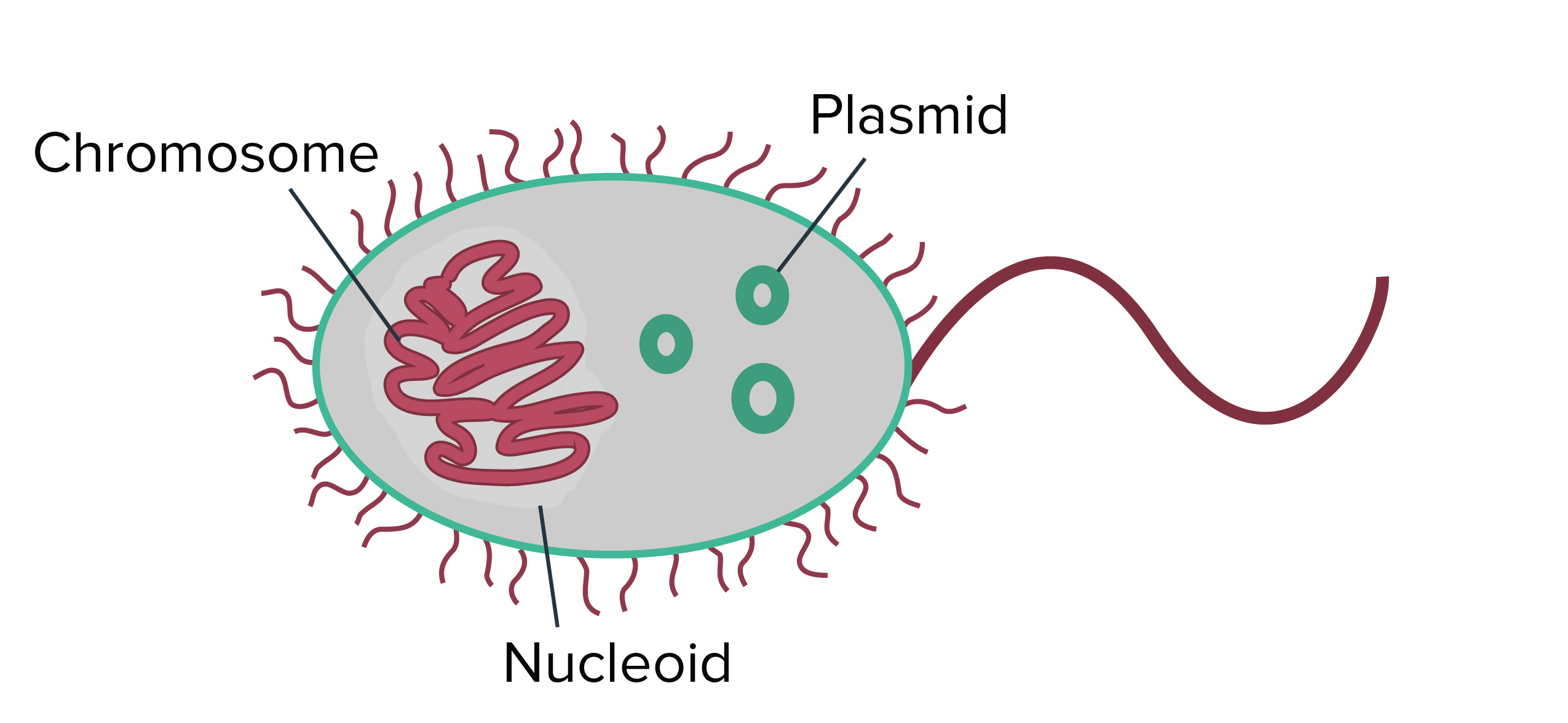
Prokaryote Structure Article Khan Academy

Goals Review Characteristics Of Prokaryotic Cells Describe How Prokaryotic Cells Are Classified Explain Ecological Roles Significance Of Prokaryotes Ppt Download

Characteristics Of Eukaryotic Cells Video Khan Academy

Functional Anatomy Of The Prokaryotic Cell Ppt Video Online Download

4 2a Characteristics Of Prokaryotic Cells Biology Libretexts

Goals Review Characteristics Of Prokaryotic Cells Describe How Prokaryotic Cells Are Classified Explain Ecological Roles Significance Of Prokaryotes Ppt Download

Prokaryotic Cell Definition Examples Structure Biology Dictionary
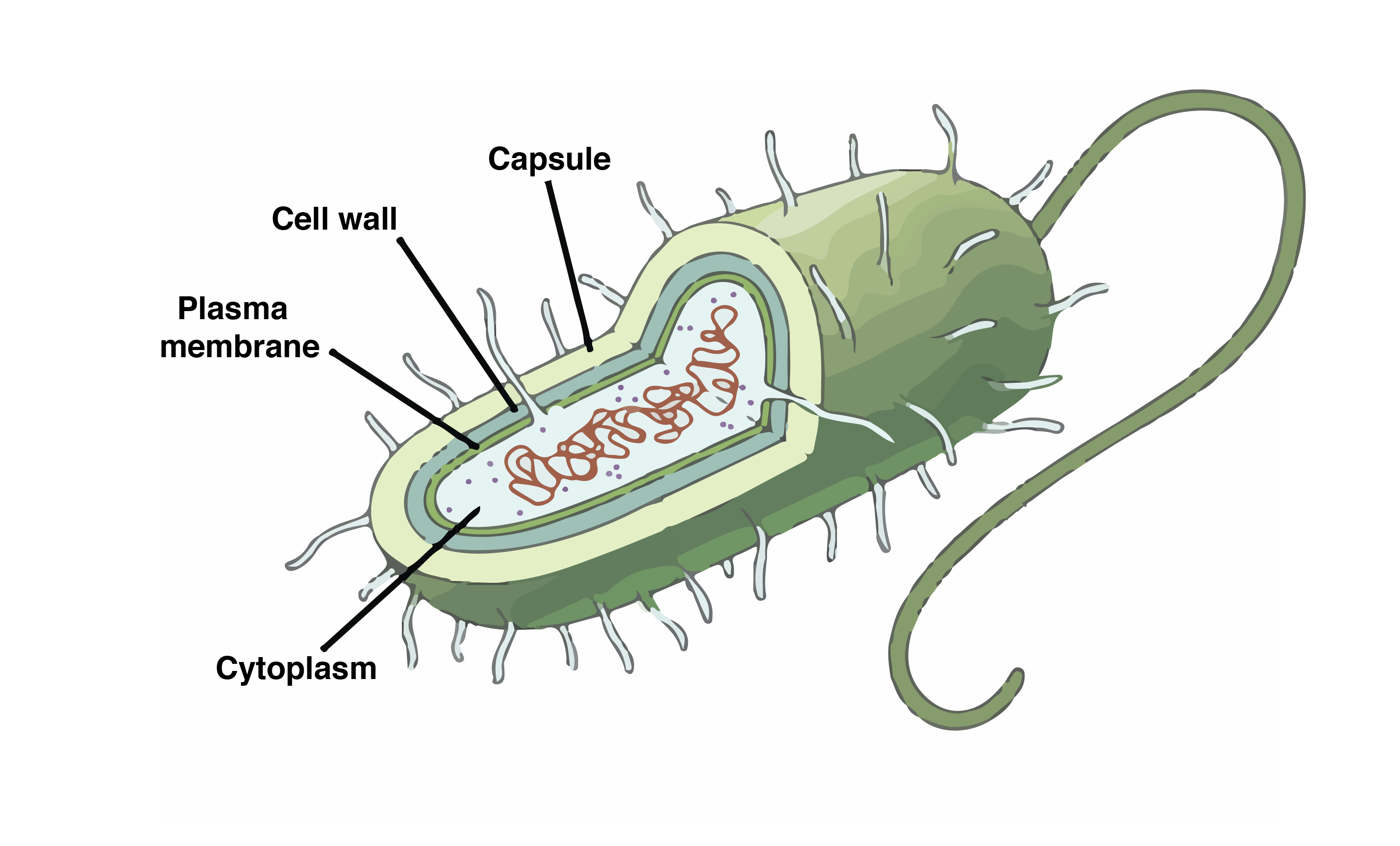
Prokaryote Structure Article Khan Academy

Prokaryotic Cell Structure Characteristics Function
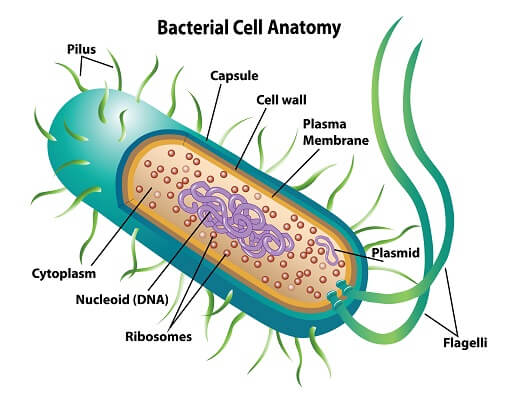
Prokaryotic Cell Definition Examples Structure Biology Dictionary

Biology Class 11 Ncert Solutions Chapter 8 Cell The Unit Of Life Part 2 Flexiprep
Which One Is Basic Feature Of Prokaryotic Cell Quora

Prokaryotic Cell And Eukaryotic Cell

Unique Characteristics Of Prokaryotic Cells Microbiology
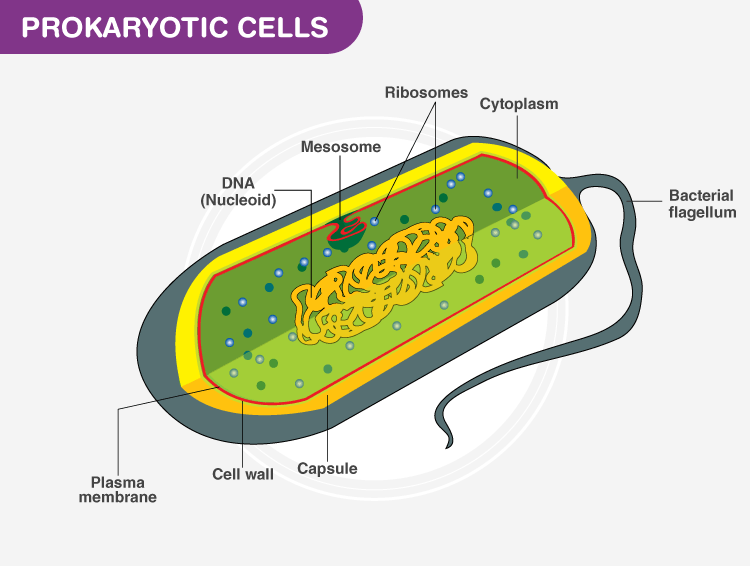
Prokaryotic Cells Definition Structure Characteristics And Examples
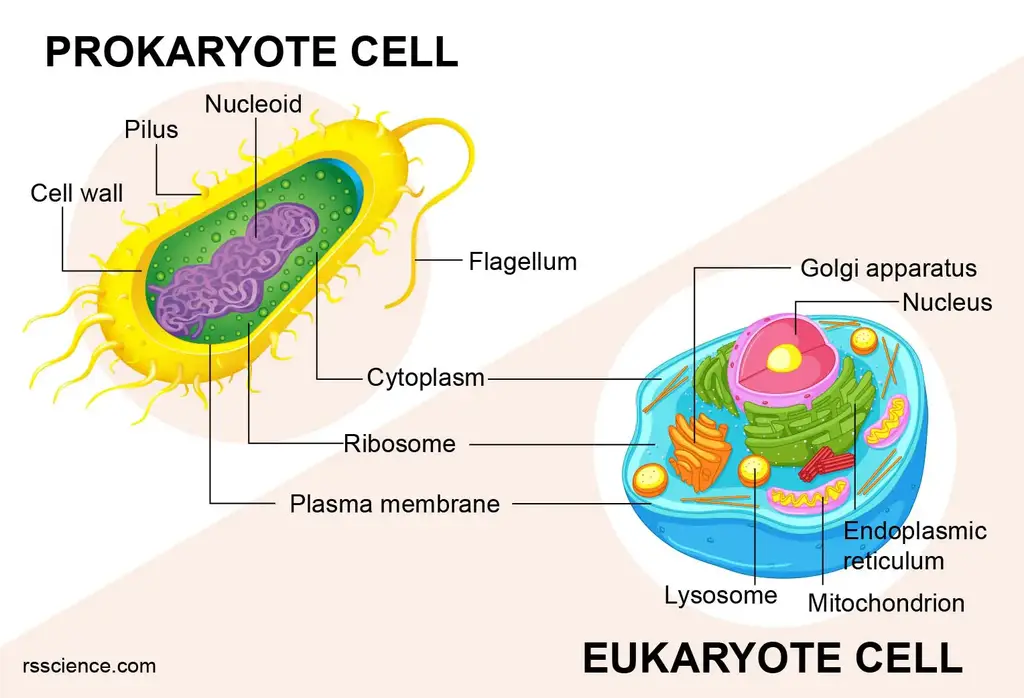
Eukaryotes And Prokaryotes What Are The Similarities Differences And Examples Rs Science
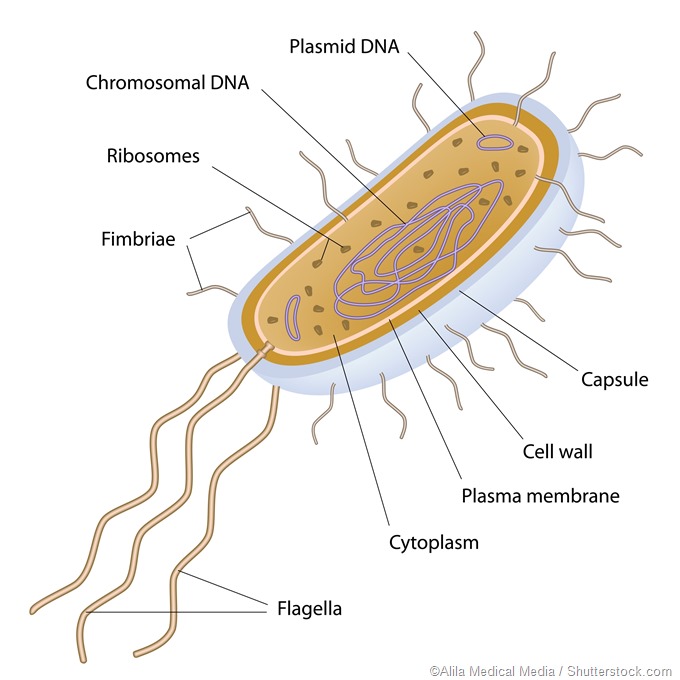
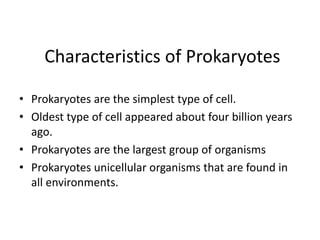
Comments
Post a Comment